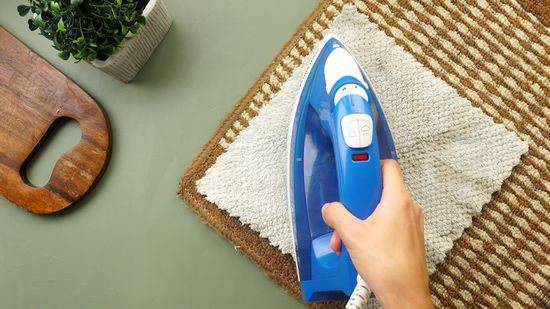
Water stains on carpets are a common household problem that can detract from the overall appearance of your home. These unsightly marks often appear as discolored patches or rings, and they can be caused by a variety of factors, such as spills, leaks, or even humidity. Fortunately, with prompt action and the right cleaning techniques, you can effectively remove water stains from your carpet and restore its pristine look.
This article will delve into the causes of water stains on carpets, provide practical tips on how to prevent them, and guide you through the process of removing both fresh and set-in stains. We’ll also share valuable advice on choosing the right cleaning solutions and techniques for different types of carpet fibers. By following these steps, you can keep your carpets looking their best and maintain a clean and inviting home environment.
Causes of Water Stains on Carpet
Water stains on carpets are primarily caused by the interaction of water with the carpet fibers and any underlying materials. When water penetrates the carpet, it can carry dirt, dust, dyes, or other substances that leave behind a visible residue when the water evaporates.
Common Culprits:
- Spills: Accidental spills of beverages, food, or cleaning solutions are common culprits behind water stains. The longer a spill sits on the carpet, the more likely it is to cause a noticeable stain.
- Leaks: Water leaks from plumbing fixtures, appliances, or roof damage can lead to significant water staining if not addressed promptly.
Factors Influencing Stain Formation:
- Carpet Type: Different types of carpet fibers react differently to water and stains. For example, natural fibers like wool are more susceptible to staining than synthetic fibers like nylon.
- Dye Content: Carpets with darker dyes may be more prone to showing water stains as the color can become diluted or uneven when wet.
How to Prevent Water Stains
Preventing water stains is always easier than removing them. By taking proactive measures, you can minimize the risk of unsightly marks appearing on your carpets.
Prompt Cleaning:
- Act Quickly: The key to preventing water stains is to clean up spills immediately. Blot up as much liquid as possible with a clean cloth or paper towel, working from the outside in to avoid spreading the stain.
Protective Measures:
- Area Rugs: Place area rugs in high-traffic areas and near furniture to protect your carpets from spills and wear and tear.
- Doormats: Use doormats both inside and outside your home to trap dirt and moisture before it enters your living spaces.
Removing Fresh Water Stains from Carpet
Fresh water stains are easier to remove than set-in stains. Here’s a step-by-step guide:
- Blot Excess Moisture: Use a clean cloth or paper towel to blot up as much excess water as possible. Avoid rubbing, as this can spread the stain and push it deeper into the carpet fibers.
- Apply Cleaning Solution: Mix a mild detergent solution with warm water (a few drops of dish soap in a cup of warm water works well). Apply the solution to the stain using a clean cloth or sponge, working from the outside in.
- Rinse and Blot: Rinse the area thoroughly with clean water and blot up any remaining moisture with a clean cloth. Repeat this process until the stain is gone.
Treating Set-in Water Stains
Set-in water stains may require more intensive cleaning methods.
Baking Soda Paste:
- Create a Paste: Mix baking soda with a small amount of water to form a thick paste. Apply the paste to the stain and let it sit for several hours or overnight.
- Vacuum Thoroughly: Once the paste has dried, vacuum it up completely.
Vinegar Solution:
- Mix Vinegar and Water: Combine equal parts white vinegar and warm water in a spray bottle. Spray the solution onto the stain and allow it to sit for 15-20 minutes.
- Blot and Rinse: Blot the area with a clean cloth and rinse thoroughly with clean water.
Tips for Effective Stain Removal
- Test Cleaning Solutions: Always test any cleaning solution on an inconspicuous area of your carpet first to ensure it doesn’t cause discoloration or damage.
- Work from the Outside In: When applying cleaning solutions, work from the outside edges of the stain inward to prevent spreading.
- Avoid Harsh Chemicals: Avoid using harsh chemicals like bleach, as they can damage carpet fibers and leave behind a lingering odor.
Conclusion
Water stains on carpets are a common nuisance, but with the right knowledge and techniques, you can effectively remove them and keep your carpets looking their best. By understanding the causes of water stains, taking preventive measures, and following the steps outlined in this guide, you can tackle both fresh and set-in stains with confidence. Remember to always test cleaning solutions on a hidden area first and avoid harsh chemicals that can damage your carpet fibers. With a little effort and attention, you can maintain a clean and inviting home environment for years to come.
